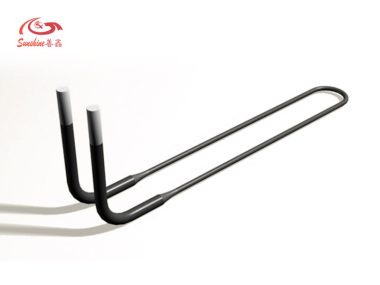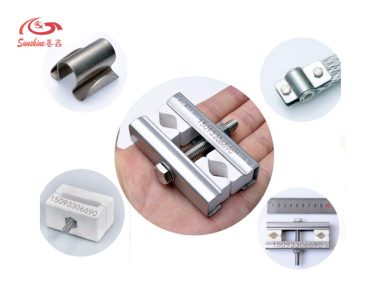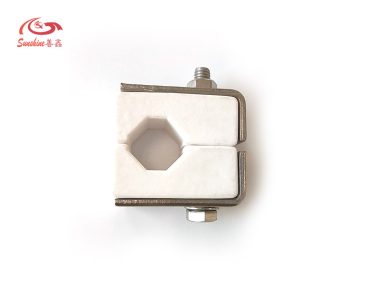Mosi2 heating elements are popular in high-temperature applications, including ovens, furnaces, and kilns. They are known for their high-temperature stability, low thermal expansion coefficient, and excellent resistance to oxidation.
In this article, we’ll discuss the various shapes of Mosi2 heating elements and their composition. This guide will help you understand which shape is suitable for your specific application.
Straight Mosi2 Heating Elements
The straight Mosi2 heating element is a long rod that is straight from end to end. It is often used in applications that require a uniform heat distribution, such as in sintering and powder metallurgy. The straight shape makes it easy to install and replace, and it can be used in both vacuum and inert atmospheres. However, it is not suitable for applications that require a high temperature gradient or a non-linear heating profile.

Straight Mosi2 heating elements are the most common shape and are available in different diameters and lengths, depending on the requirements of the application.
U-Shaped Mosi2 Heating Elements
U-shaped Mosi2 heating elements consists of two straight legs connected by a curved section, which creates a U-shape. The curved section allows for a higher temperature gradient, as it heats up more quickly than the straight sections. However, the U-shaped design can make it more difficult to install and replace.

The U-shaped Mosi2 heating element is designed for applications that require a high temperature gradient, such as in vacuum furnaces and high-temperature ovens.
W-Shaped Mosi2 Heating Elements
W-shaped Mosi2 heating elements are designed for high-temperature applications where a high degree of thermal shock resistance is required.

The W-shaped Mosi2 heating element is similar to the U-shaped element, but with an additional bend in each leg to create a W-shape. This design allows for an even higher temperature gradient than the U-shaped element, making it suitable for even more demanding applications. However, the W-shaped design can make it more difficult to install and replace, and it may be more expensive than other shapes.The unique W shape allows the element to expand and contract more freely, which reduces the likelihood of cracking or breaking due to thermal stress.
W-shaped Mosi2 heating elements are commonly used in the semiconductor industry and other high-temperature applications.
L-Shaped Mosi2 Heating Elements
L-shaped Mosi2 heating elements are used in applications where space is limited or where a specific heating pattern is required. The L shape allows the element to be positioned in a way that maximizes its heating efficiency while minimizing its footprint.

L-shaped Mosi2 heating elements are commonly used in the production of ceramics, glass, and metallurgy.
Spiral Mosi2 Heating Elements
The spiral Mosi2 heating element is designed for applications that require a high power density, such as in rapid thermal processing and glass tempering. Spiral Mosi2 consists of a long, thin wire that is wound into a spiral shape, which allows for a high surface area and a high power output. The spiral shape also allows for more compact heating systems, as it can be used to heat a specific area of the workpiece. However, the spiral shape can make it more difficult to install and replace, and it may not be suitable for applications that require a uniform heat distribution.
Double spiral Mosi2 heating elements are commonly used in the production of semiconductors, electronic components, and other high-temperature applications.
Mosi2 heating elements come in a variety of shapes to suit different applications. The straight shape is suitable for uniform heat distribution, the bent shape is suitable for non-linear heating profiles, the U-shaped and W-shaped designs are suitable for high temperature gradients, and the spiral shape is suitable for high power density.
When selecting a Mosi2 heating element, it is important to consider the specific requirements of the application to ensure that the appropriate shape is chosen.





